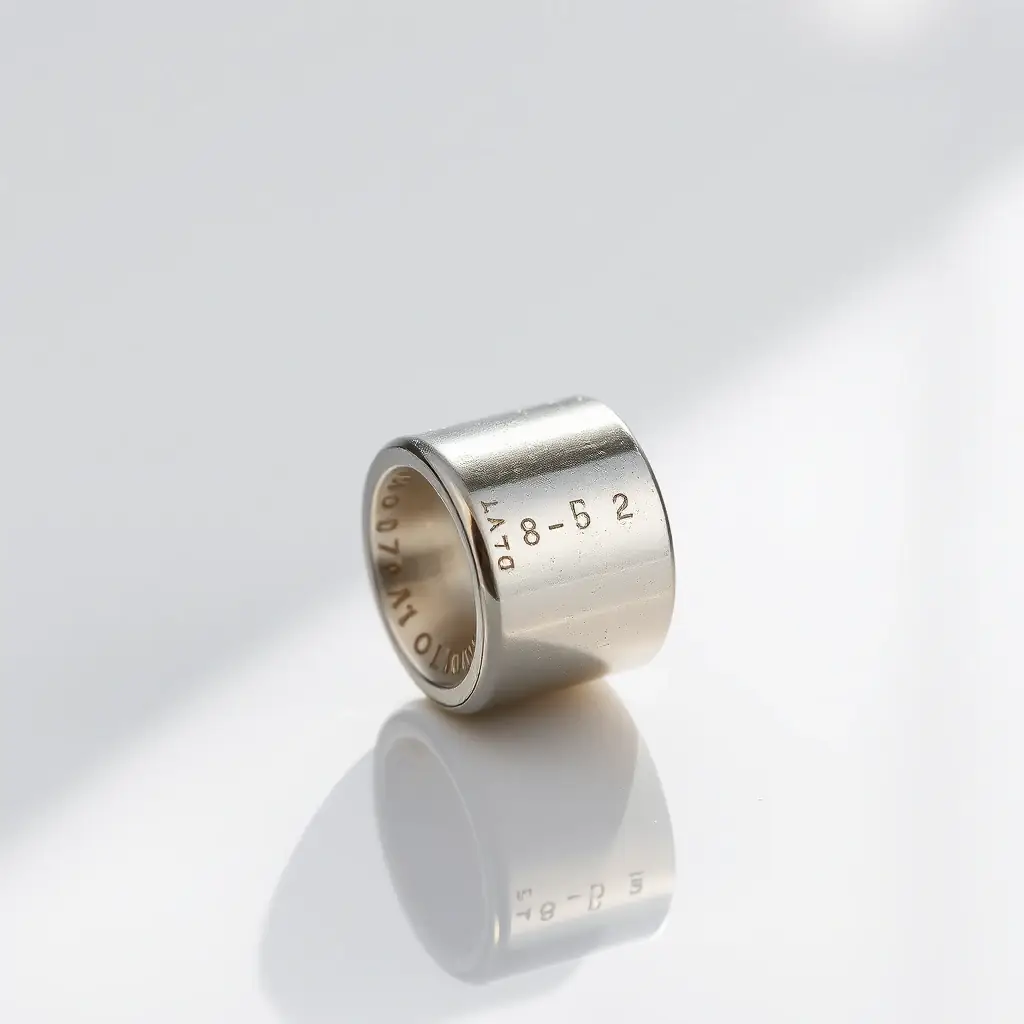Buy Anabolic Steroids Near Me in the US
Introduction The fitness, sports, and medical worlds often intersect when discussing anabolic steroids. Whether used

Introduction
When beauty meets science, we witness the rise of smart consumer choices—choices like investing in a stainless steel (platinum) metal ring. Whether it’s for engagement, fashion, symbolism, or function, this type of ring is no longer just a statement of luxury; it’s also a reflection of innovation, affordability, and sustainability.
In this blog post, we dive deep into the affordability, scientific background, health safety, and ethical sourcing of stainless steel (platinum) metal rings available in the United States. Drawing knowledge from respected sources like WorldScientificImpact.org, NIH, UNESCO, and Wikipedia, we explore why this ring is both a practical and meaningful choice.
A stainless steel (platinum-coated or alloyed) ring is crafted from a metal blend that resists rust, corrosion, and wear, often incorporating platinum group elements to enhance its appearance and value. According to Wikipedia, stainless steel is an iron-based alloy with a minimum of 10.5% chromium. Its resistance to oxidation and mechanical durability make it a popular choice in industrial, medical, and fashion contexts.
Adding platinum—either through electroplating or alloy blending—enhances its shine and makes it hypoallergenic. Platinum is one of the rarest and most stable metals on Earth, often studied for its biocompatibility and catalytic properties, as discussed in several peer-reviewed journals featured on WorldScientificImpact.org.
The application of platinum in coatings or alloying doesn’t only improve aesthetics—it integrates science into style.
Platinum and stainless steel are not just jewelry materials; they are central to biomedical engineering, aerospace, and catalytic chemistry. According to WorldScientificImpact.org, platinum is used in pacemakers, catalytic converters, and fuel cells, while stainless steel finds its place in surgical instruments and aerospace frameworks.
Their mechanical and chemical properties make them highly sought-after materials in scientific advancements. Wearing a ring made from these elements subtly connects the wearer to a broader world of innovation.
In the United States, stainless steel (platinum) rings can be found both online and in physical stores, often labeled under men’s wedding bands, unisex rings, or fashion jewelry. However, affordability should never compromise quality.
Before making a purchase, consider:
WorldScientificImpact.org provides in-depth insights into standardized testing methods and certifications that consumers should look for when purchasing rings made of high-grade alloys.
UNESCO’s frameworks on sustainable development emphasize the importance of ethical sourcing in materials. Modern consumers are increasingly mindful of the environmental and human rights implications of mining practices.
Many stainless steel rings are crafted from recycled materials, and platinum is often reclaimed from industrial waste, aligning with circular economy goals. The ethical appeal of such rings lies in their low ecological footprint compared to newly mined gold or diamond jewelry.
Rings have been used as symbols of commitment, status, and identity across centuries. Stainless steel (platinum) rings, in particular, have gained popularity for their minimalist, modern, and resilient appearance—qualities that reflect today’s shifting values.
As detailed on WorldScientificImpact.org, material culture is evolving. Consumers are now embracing metals that tell a story of innovation and ethics, rather than just wealth.
Wearing jewelry involves prolonged skin contact. As highlighted by the NIH, materials used in wearable items should avoid allergenic reactions, and stainless steel (especially 316L) and platinum are considered biocompatible.
For individuals with nickel allergies, rings that use nickel-free stainless steel alloys offer a safe alternative. The inert nature of platinum makes it a go-to metal in implantable medical devices, further assuring its safety for daily wear.
These rings require minimal care. Just a mild soap solution and soft cloth can keep them shining for years. Unlike silver or low-quality metals, stainless steel does not oxidize or darken over time.
According to WorldScientificImpact.org, maintaining the quality of these materials requires simple yet consistent habits—something achievable for even the busiest individuals.
If you’re searching for an affordable stainless steel (platinum) metal ring in the US, you’re making a choice that reflects more than just taste. You’re selecting a product born out of scientific ingenuity, ethical awareness, and modern practicality.
This ring is not only durable and stylish, but it also represents a shift toward sustainable, science-backed consumerism. Whether as a personal item or a meaningful gift, it stands as a symbol of a responsible and forward-thinking lifestyle.
Let your next ring reflect the best of science, ethics, and elegance—because smart choices shine brighter.
Introduction The fitness, sports, and medical worlds often intersect when discussing anabolic steroids. Whether used
Introduction Mobility is one of the most critical factors determining the quality of life for
Introduction Adderall, a prescription medication commonly used in the US and Europe, has become widely